How to Unlock PDF on Mac OS? [Solved]
If you are a Mac user, it can be daunting for you to find a solution to unlock PDF on Mac OS. Don’t worry, we have the solution for this.
To open the PDF file, you must know what type of restriction is imposed on the file format to make it accessible. For instance, is it a user-level or owner-level protection? We will talk about this in detail in the upcoming section. Hence, to open your password-protected PDF, read the following methods mentioned below.
Reasons to Remove Password from PDF Mac
Protecting a PDF file can be essential for a legal practitioner or someone who needs to retrieve the essential info. Additionally, there can be multiple cases to unlock PDF on Mac.
- You can work together on documents and share them easily without exchanging passwords.
- More efficiently regulate and control access, particularly while working in a group.
- Print the documents without any limitations.
- To allow for additional modification or use, export the PDF to other formats (such as Word, Excel, etc.).
- To make the recovery of documents easier, archive them without encryption.
Two Types of Password Restrictions in PDF Files
- User-level Protection – This prevents others from copying, editing, and printing a PDF document. The password is not needed to view the PDF file.
- Owner Level Protection – It does need a user’s password to unlock the PDF file. Other people can edit, copy text and images, and print PDF documents. A PDF file owner can restrict others from viewing or copying the content of a PDF file.
Manual Technique to Remove PDF Restrictions on Mac OS
If the PDF is password-protected then you only need to enter the password to open or view it. Also, you may not copy, modify, print, or make any changes to this password-protected PDF file. Hence, to perform this task, you must open the file. Let’s first see how to open PDF on Mac manually, followed by the expert solution.
Method 1: Unlock PDF on Mac with Google Chrome
For many, Google Chrome is the browser of choice, whether you use a Windows, Linux, or Mac operating system. It is a common browser to open PDF files. Now we will discuss the steps to open PDF with Google Chrome on Mac.
- Open a locked PDF with Google Chrome.
- After opening the PDF file in Google Chrome, You can click on the menu icon in the upper-right corner.
- Then select the “Print” option. You can also Enter the Command + P” on your keyboard.
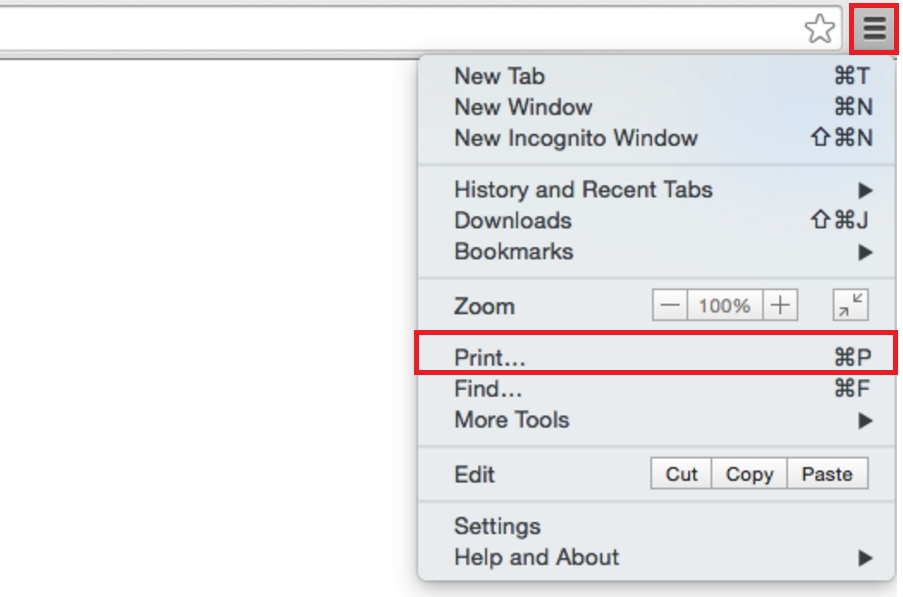
- In the print window, hit the “change” button.
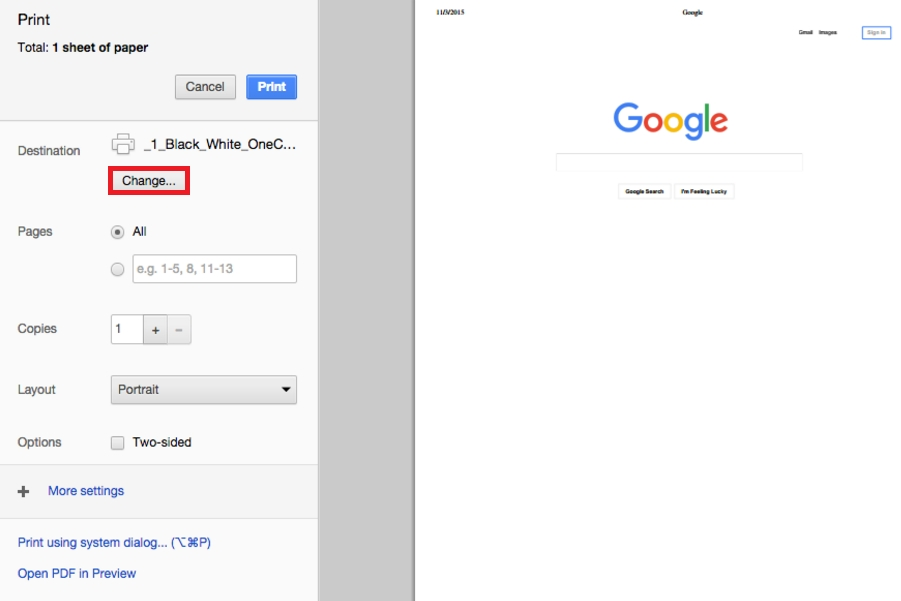
- In the new wizard, Select the Save as PDF option.
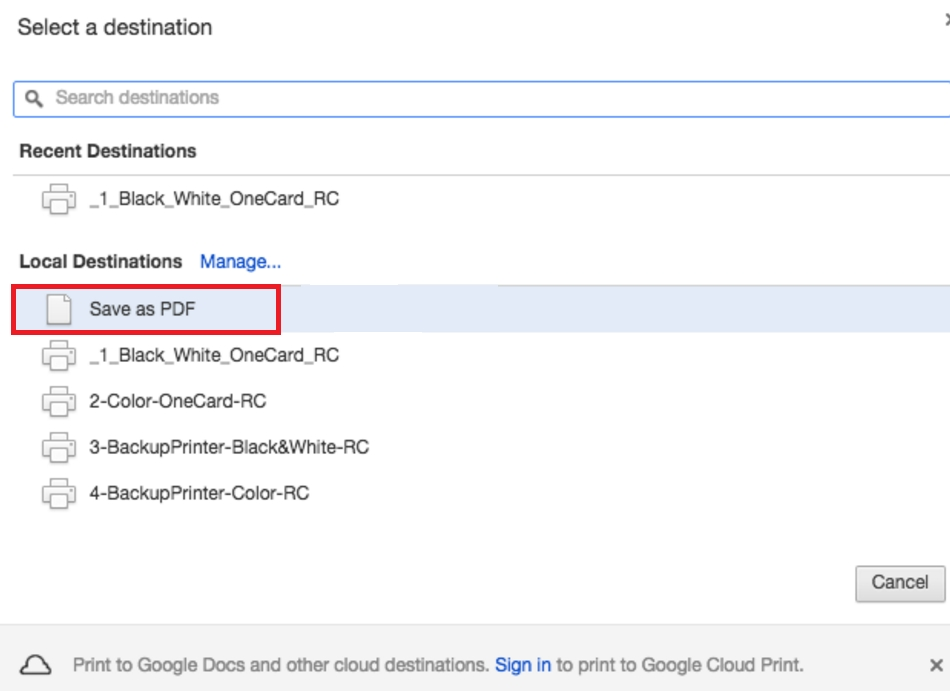
- Finally, click the Save Option.
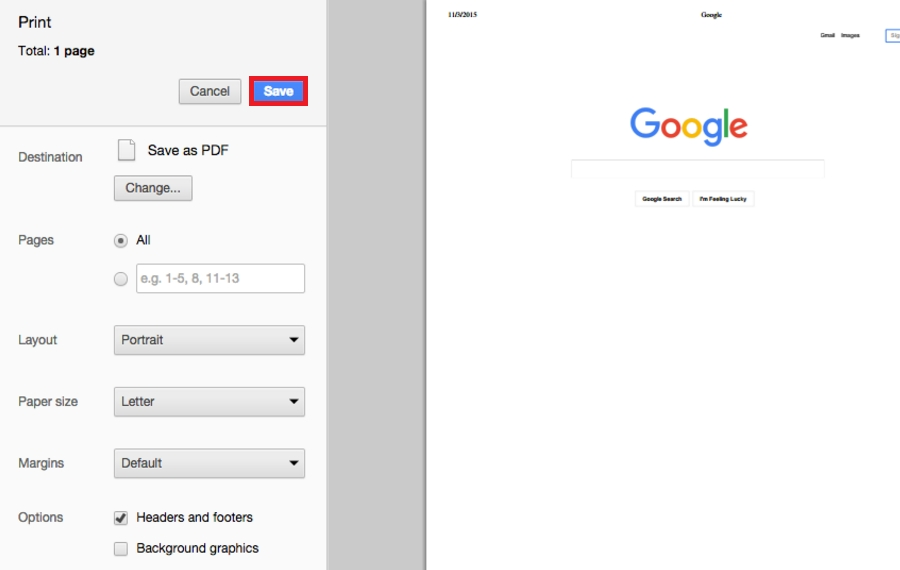
Here’s how to open PDF files with Google Chrome on Mac. However, this method only works for PDF files that do not have printing restrictions.
Method 2: Open PDF with Preview on Mac
Mac computers have a free PDF viewer tool called Preview. It also has a PDF-opening feature. But it can only be used if you already know the password for the PDF file. Follow the simple steps to unlock PDF on Mac.
- Open the PDF file with Preview.
- Go to “File” > “Export as PDF“.
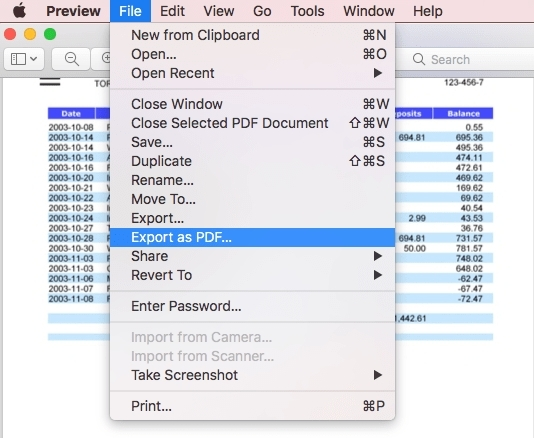
- Enter the password and click “Unlock” Button
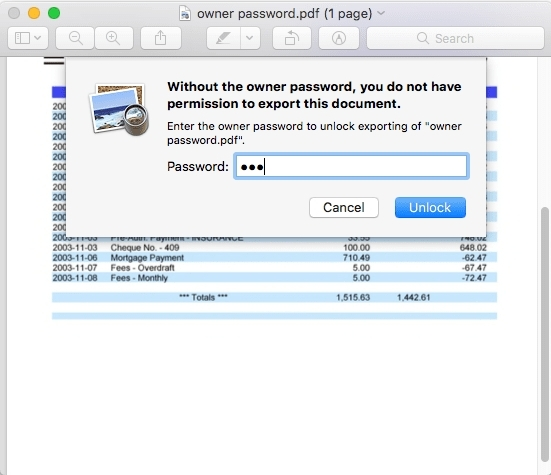
- Select a folder and save the new PDF file without any restrictions.
Note: If the PDF file has an unlock password, you need to enter the unlock password first and then follow the steps above.
Limitations of Using Manual Methods to Unlock PDF on Mac OS
Using the manual method to remove the password of PDF on a Mac, whether through Preview or Python, comes with several limitations. Here is a detailed look at the potential drawbacks:
- These manual methods can be quite time-consuming, especially if you are dealing with multiple PDF files. It may not be the best option for you in that case.
- It is unethical and legally questionable to unlock or remove security from a PDF without the required authorization. Verify that you always have the authority to change the security settings of the document.
- The process can be never-ending if the software lags or crashes due to larger and more complicated files.
- The local machine must be able to access its files for manual approaches to work. If the files are not downloaded locally then the document will not function with files stored at a distance in the cloud.
- Manual techniques cannot process multiple files simultaneously, resulting in inefficiency when users need to unlock many PDFs.
Also, if you want to unlock restrictions like Editing, Copying, Signing,… from your PDF, you will need a different method i.e. mentioned below.
Stand Alone Tech to Remove PDF Protection on Mac OS
Best PDF Password Remover Software to open PDF files allows users to remove restrictions on PDF files on Mac. It allows unlimited copying, printing, editing, or any other protection of multiple PDF files. This tool can also be used to remove limits on comments, signatures, and document sets. Once the PDF opening process is finished, this tool also permits filling out a form. This tool can remove owner-level security from various PDF files and also unlock pdf without a password mac. In addition, users can remove known user-level passwords from various PDF documents. This tool is capable of printing encrypted PDF documents.
Note: The user needs to provide a PDF password initially. Once the tool opens the document, the resulting file will be free of password and restrictions.
Also Read: How to Change PDF Security Settings?
The Bottom Line
Here we explain all the possible methods and give you all the information you need to open PDF on Mac OS. Firstly, we have used a manual method which has certain drawbacks. To overcome these limitations of the free solution, we have a pro tip for you that can easily unlock PDF on Mac OS without any data loss.
User FAQ:
Q: Is it Possible to Unlock Owner-level PDF Protection?
Yes, But for this you have to use the software explained in this post. Read this blog post for complete information to remove PDF protection on Mac.
Q: Did we need to download Adobe Acrobat to run this tool?
No, we don’t, need to download Adobe Acrobat to run this tool.
Q: Can I run this tool on Mac OS X Catalina?
Yes, this tool is compatible with macOS 12.0 (Monterey), macOS 11.0 (Big Sur), macOS 10.15 (Catalina), MacOS 10.14 (Mojave), MacOS 10.13 (High Sierra), MacOS 10.12 (Sierra), Mac OS X 10.11 (El Capitan), Mac OS X 10.10 (Yosemite), Mac OS X 10.9 (Mavericks), MacOS X 10.8 (Mountain Lion).


